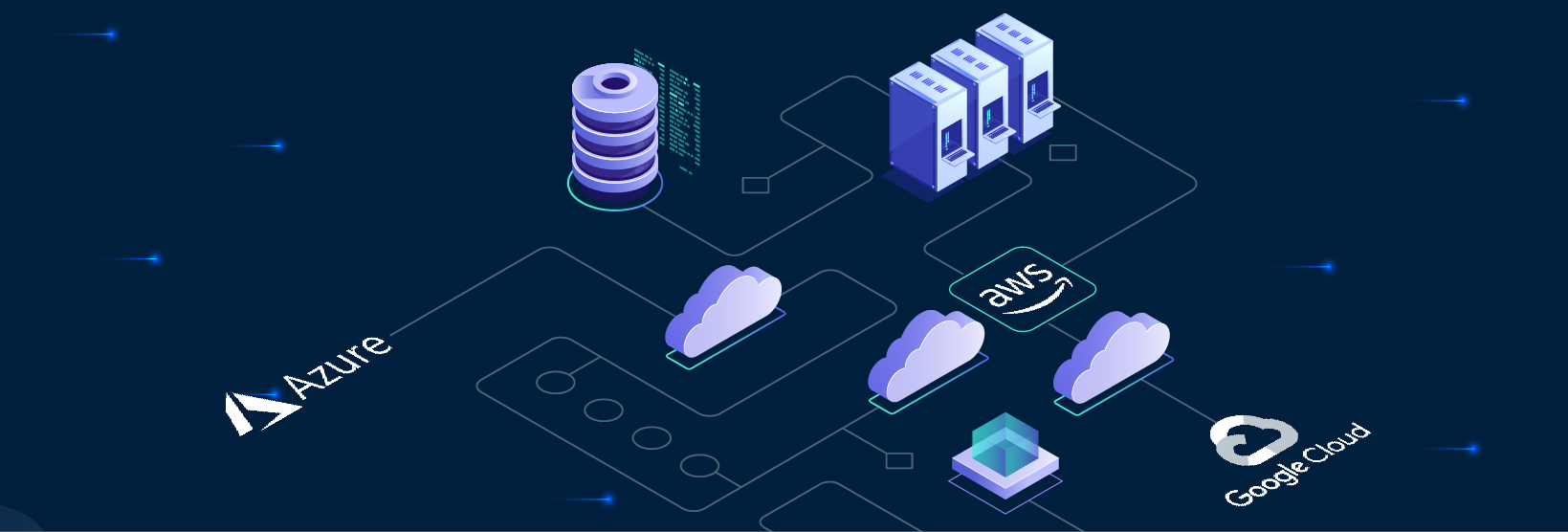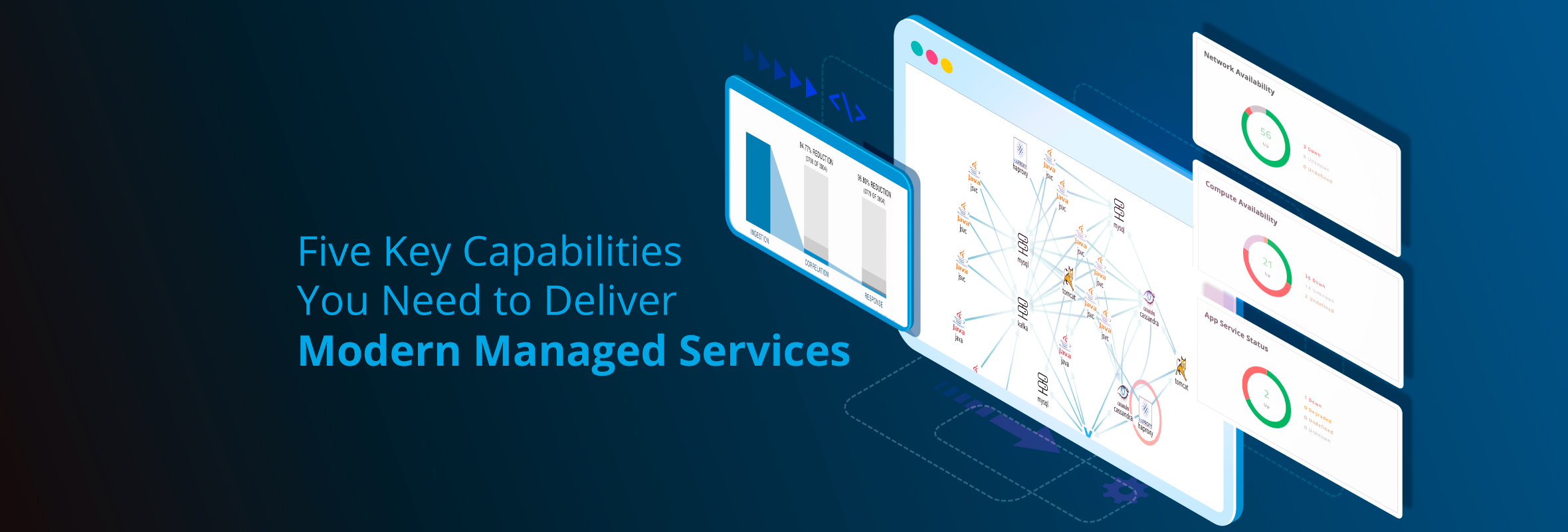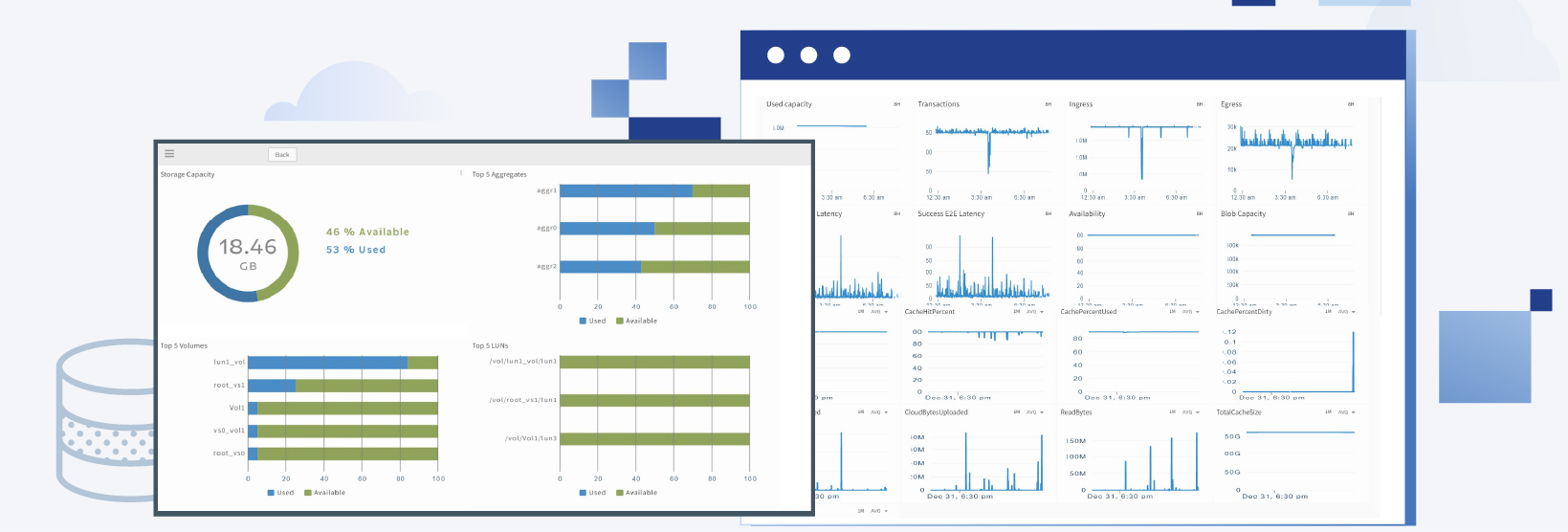How Well Do You Know Your Cloud Estate?
While infrastructure and application discovery for datacenter environments is a mature discipline, real-time discovery of public cloud and cloud native services requires an innovative approach. Digital operations teams have to not only onboard invisible and short-lived infrastructure at scale but also ensure visibility, track consumption, and pinpoint service dependencies across dynamic multi-cloud environments.
The challenge for enterprise IT is to account for every single cloud service in use while ensuring compelling digital experiences with the right operational insights. Here are some key concerns that are front and center for cloud operations teams today:
- How do you ensure comprehensive and continuous visibility for different cloud services (virtual machines, storage, networking, databases, containers, and IoT devices) across Amazon Web Services (AWS), Microsoft Azure, and Google Cloud Platform (GCP)?
- Can you keep up with ephemeral cloud infrastructure like auto scaling instances, serverless functions, or containerized deployments?
- Do you have a single source of truth for assessing existing cloud footprint and optimizing overutilized, underutilized, and unused instances?
- Can you show how multi-cloud infrastructure is being consumed by a digital service, business unit, project team, or geographic region?
- Do you know if your organization has implemented a cross-region disaster recovery strategy for business-critical services? Or is your entire cloud infrastructure dependent on a single cloud provider region?
Multi-Cloud Discovery: Taming the Chaos of Hyperscale Infrastructure
When every development team has an approved credit card, spinning up a new cloud resource is a simple task. How do IT teams manage and govern distributed cloud services when developers can rapidly provision and decommission cloud instances with a simple command-line request?
A modern discovery solution helps enterprises find fragmented and shadow cloud resources and keep a handle on the complete inventory of their public cloud and cloud native assets. OpsRamp’s Unified Service Discovery solution helps digital operations teams keep pace with their multi-cloud estate, prevent overspending on cloud infrastructure, and drive contextual awareness by presenting relationships between IT services and underlying cloud resources.
OpsRamp’s policy-based discovery not only onboards dynamic multi-cloud services but also presents a 360-degree holistic view of your enterprise cloud environment. OpsRamp’s Discovery Profile engine automatically assigns cloud resources to service groups and logically organizes cloud workloads once you define credential sets, policies, and cloud discovery schedules.
.png?width=2880&name=AWS-Azure-Google%20(1).png)
Figure 1: View your entire multi-cloud ecosystem in a single place.
Multi-Cloud Discovery with OpsRamp
As enterprises adopt multi-cloud and cloud native infrastructure to gain strategic flexibility and cost advantage, IT leaders will need better ways to discover and manage cloud resources to ensure visibility and better service levels for their business. OpsRamp delivers innovative approaches for handling the demands of modern enterprise infrastructure workloads:
- Agent-Based Discovery. OpsRamp Agents enable on-demand discovery for Windows and Linux compute instances and Kubernetes hosts across hybrid environments. Agents help DevOps teams manage popular enterprise applications, middleware, and infrastructure running on Windows and Linux cloud infrastructure.
 Figure 2: Gain comprehensive analytics for multi-cloud asset inventory with OpsRamp Agents.
Figure 2: Gain comprehensive analytics for multi-cloud asset inventory with OpsRamp Agents. - API-Based Discovery. OpsRamp can auto-discover cloud infrastructure, Platform as a Service (PaaS), auto scaling instances, and Function as a Service (FaaS) resources with API-based Discovery Profiles. The Discovery API can capture relevant attributes like availability zone, time of creation, desired capacity, maximum and minimum size, and open alerts for discovered cloud resources.
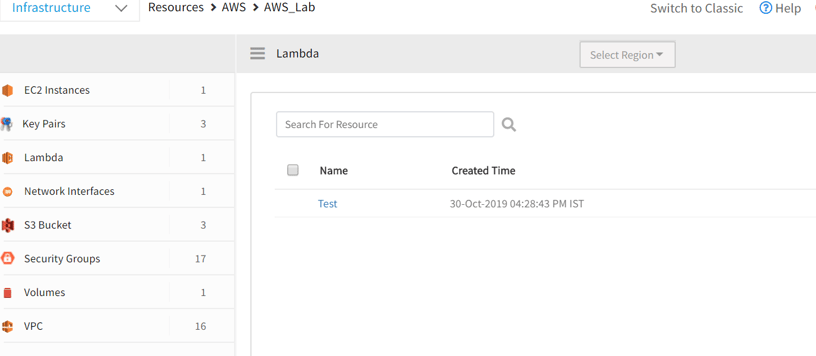 Figure 3: Keep track of your AWS Lambda infrastructure with API-based discovery.
Figure 3: Keep track of your AWS Lambda infrastructure with API-based discovery. - Container-as-a-Service (CaaS) Discovery. Kubernetes orchestration offers a complete framework to deploy and manage containers, applications, and clusters. OpsRamp makes it easy to manage the health and performance of cloud native services with out-of-the-box integrations for container orchestration platforms like Kubernetes and Apache Mesos.
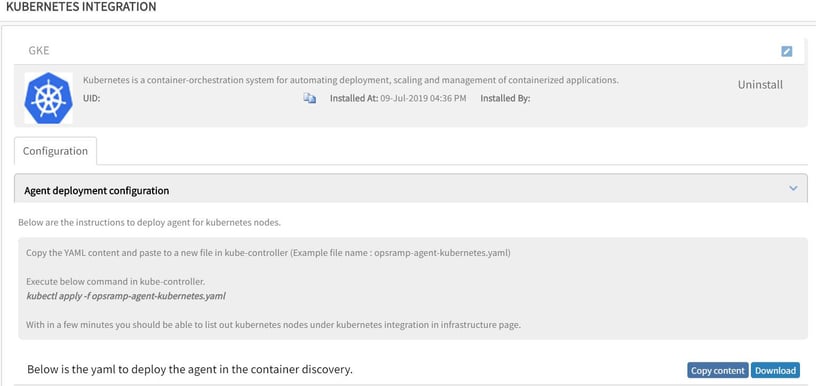 Figure 4: Discover the container footprint running inside your Kubernetes clusters.
Figure 4: Discover the container footprint running inside your Kubernetes clusters. - Topology View of Discovered Resources. Discovered resources are automatically populated in OpsRamp topology maps. Dynamic topology maps present a birds-eye view of the overall cloud infrastructure (interconnected compute, storage, network, and other resources) that constitute an enterprise IT service.
 Figure 5: Understand real-time dependencies for IT services with cloud topology maps.
Figure 5: Understand real-time dependencies for IT services with cloud topology maps.
Next Steps:
- Sign up for our upcoming webinar: The Six Steps to Becoming a Top-Performing IT Operations Organization
- Learn more about OpsRamp hybrid discovery capabilities.
- Get started with OpsRamp IT infrastructure monitoring.

